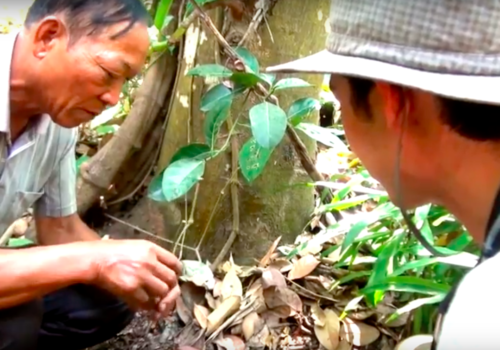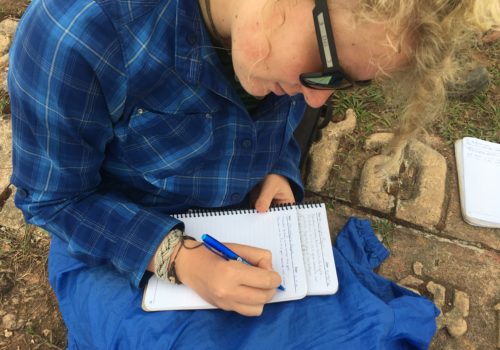
Patagonia's Footprint Chronicles
One of the big issues facing a transition to sustainability is for businesses to figure out how to run more ethnically and be environmentally sustainable. No one, of course, is all the way there yet, and most businesses are aware of that. There are a lot of different approaches, and that’s great — we need a lot of different ways to figure this out.
Two interesting examples are Apple and Patagonia. Both take very different approaches to sustainability, as they deal with different industries and products. By their own admission, neither one is perfect, but I think they serve as good thought provoking approaches. Rather than focusing on a critique of their efforts, here are some of the good things they are doing.
Patagonia’s Footprint Chronicles
Patagonia is one of my favorite companies. They have done so much to advance sustainability in business, from developing recycled fleece to starting 1% for the Planet. They’ve really worked on being ethical and sustainable on a number of levels, and it is worth jumping over to their website to see all the different environmental initiatives they have going.
One of the more recent initiatives they have started is The Footprint Chronicles. In their own words,
Build the best products and cause no unnecessary harm. This is our mission. Yet we’re keenly aware that everything we do as a business — or have done in our name — leaves its mark on the environment. There is still no such thing as sustainable business but every day we take steps to lighten our footprint and do less harm. The Footprint Chronicles allows you to track the impact of a specific Patagonia product from design through delivery.
When you choose a product, a map of the world show you how it travels — from factory to warehouse. There is a discussion of each element of the product (including energy use, CO2, water, etc.) as well as “The Good” and “The Bad” — essentially what they’ve got done so far, and what they are still trying to do.
They don’t have every product on the site, but enough diversity to give you a good idea of the type of manufacturing they do. Doing all the products would be close to impossible, and be so overwhelming it would actually be difficult to sort through. They’ve done the hard work of sorting out what matters, and how it all fits together. The product profile is supported with photos, videos (including interviews in the factories) and other information. You could spend a lot of time clicking through what they are doing with each product, and come away with a really good understanding of the challenges and struggles it takes to be a sustainable business.
Apple

Life cycle impact and energy use.
Apple has taken a somewhat similar approach with Apple and the Environment. They lay out their overall approach to the environment and sustainability, and you can download a report on each currently shipping product.
We account for everything. Including our products. Apple reports environmental impacts comprehensively. We do this by focusing on our products: what happens when we design them, what happens when we make them, and what happens when you take them home and use them.
Apple has been criticized in the past for not communicating well about what they are planning on doing for the environment. Now they are communicating, and are trying to focus the discussion on what they are actually doing, not what they are promising to do. A lot of companies come up with great plans for being more sustainable, but Apple in this case is focusing on what they are doing and have done. They’ve got some great comparative data on their site, looking at past products and how things like changing packaging impacts their carbon footprint, etc. Clearly they’ve been working on these initiatives for a long time, and it is good to finally see them doing a good job communicating about it.
They do a good job working through their carbon footprint, looking at manufacturing, shipping, facilities (including retail spaces), recycling, and the impact of consumer use. They deal with the issues of toxic substances in manufacturing, and are open about what they still need to do. The focus on the life cycle is especially good, as they are thinking about and taking into account the product once it leaves their stores — working toward cradle to cradle accounting, including the environmental impact of consumer use and taking products back for recycling.
There is still a long way to go for both, and neither Patagonia nor Apple is all the way there yet. However, it is very encouraging that two very different companies care enough about sustainability to put the resources behind not just doing it, but communicating well about what they are doing.
If you’re interested in sustainability, both of their websites are a good place to start to understand how it can happen in the real world!



